Last night, I got back from the short study tour to Western Denmark, where we made stops in Odense, Kolding and Aarhus. I had a great three days getting to know the people in my studio class even better and meeting the people from the other graphic design foundations class who were on this tour with us. We crammed a lot into a short amount of time and while it was sometimes exhausting, there was certainly a “work hard, play hard” feel to the trip (re: I took a lot of naps and after a long day of visits on Friday, we went out to a bar with the design professor). We did all our travel by bus which was highly relaxing and had some beautiful views. You can see my travel playlist that I listened to all weekend here:
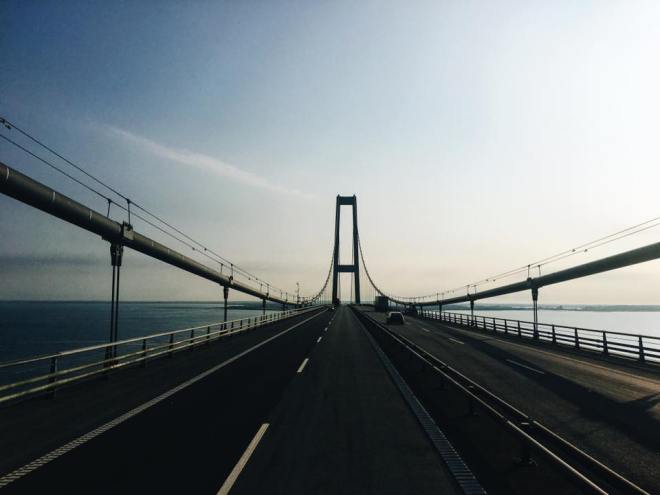
Without further ado, the run-down of our short study tour to Western Denmark:
DAY ONE
Sanderum Kirke in Odense, Denmark
Our first site visit was this Danish church that was built in 1200. Denmark has over 2300 churches, and 75% of them were built between 1000 and 1535 (the Danish Reformation began in 1536). The murals in this church were considered offensive after the Reformation and were painted over in the late 1800s, but just a few years ago, the church was restored and the old murals were uncovered. We took time sketching the patterns in the church and the architecture during this site visit.

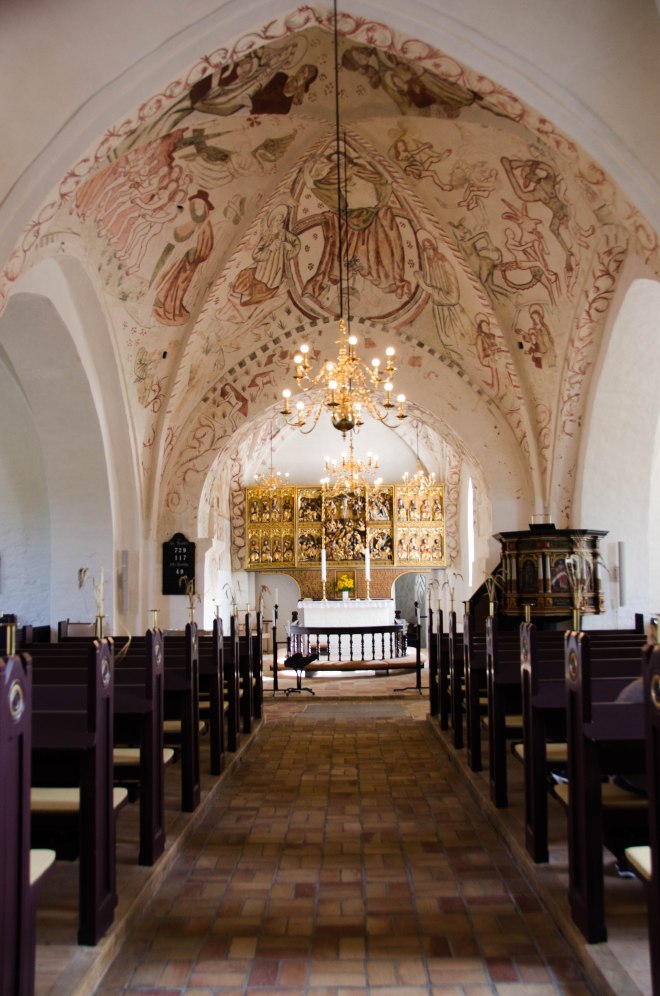
Fyns Grafiske Værksted in Odense, Denmark
Our second stop was at this print-making workshop that was established in 1976. The collective consists of 300 professional artists from 20 nations and we got to watch a brief lesson on how the print-making process works.
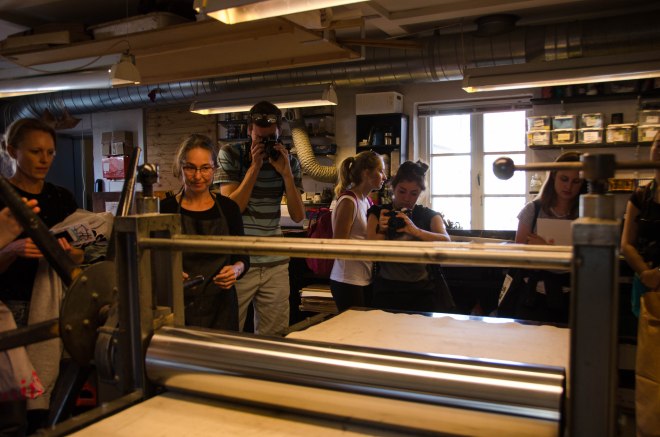
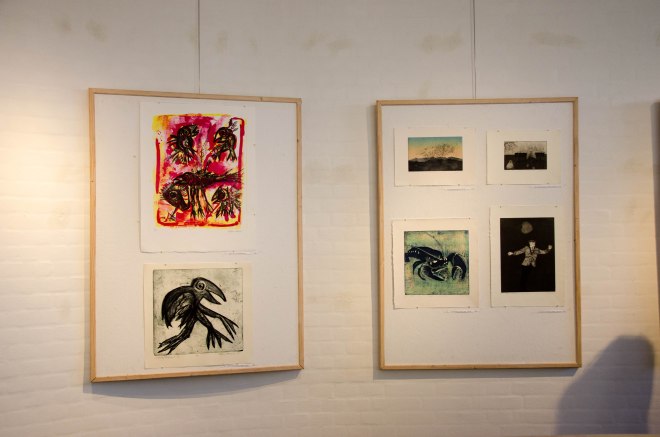
Brandts Media Museum in Odense, Denmark
This art and media museum was originally home to a textile mill. My favorite thing we saw in this museum was the top floor which had a history of Danish media. We found a room with a video that showed iconic and popular Danish TV commercials throughout history. Even though we couldn’t understand what was being said, it showed a lot about the importance of visuals in communication, because for almost all of them, we were able to see what the intended message was. Many of the themes used in Danish advertising were similar to American commercials that I had seen, but it was crazy to see the differences in what is ok to air on daytime TV in Denmark. A lot of the commercials showed full-frontal nudity which was a shock (but also very amusing — we’re kind of immature) to us because you would never see these things on American TV.
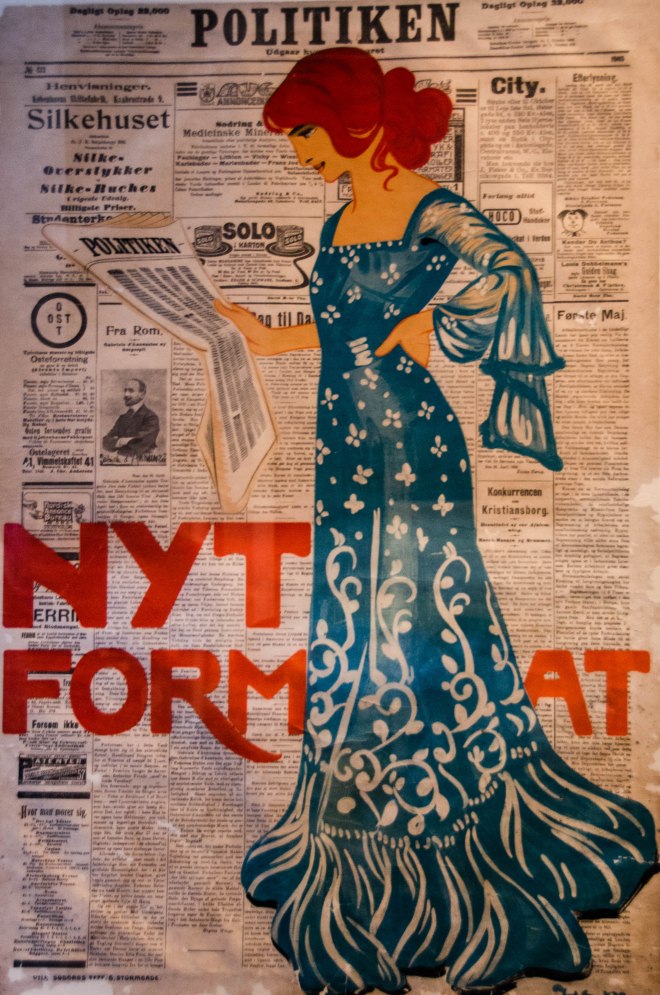
DAY TWO
Trapholt Kunstmuseum in Kolding, Denmark
We checked out of our hostel in Odense early on Friday morning and headed to the Trapholt museum in Kolding to begin day two. The Trapholt has cool galleries, interactive installations and a whole floor dedicated to iconic Danish chairs (Danes really can’t get enough of their chairs). Arne Jacobsen’s summer house is located right next to the museum and he designed the entire space.
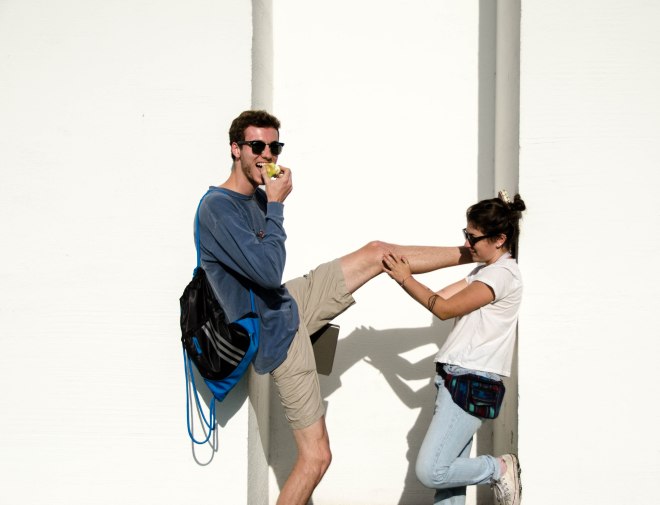
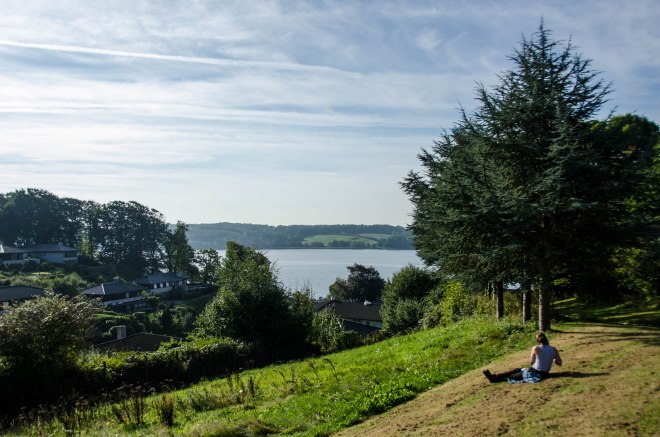
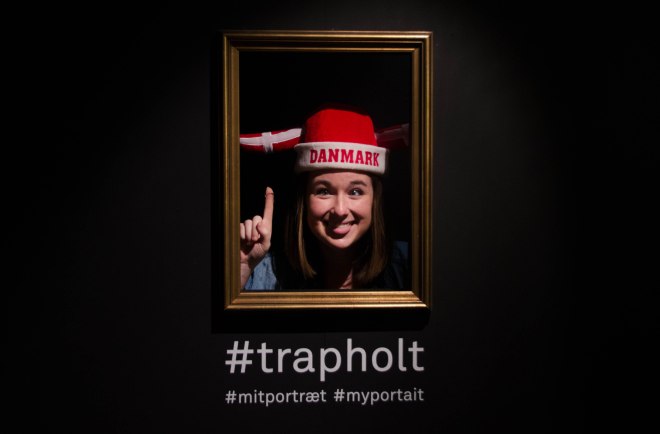
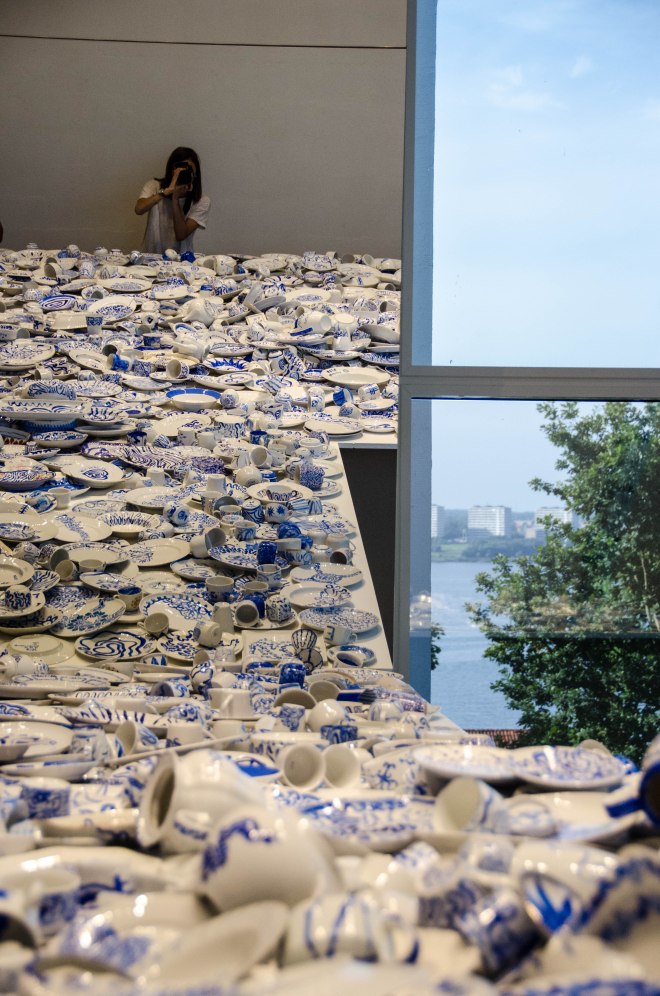

Designskolen Kolding in Kolding, Denmark
After the Trapholt, we headed to Design School Kolding which was founded in 1976 as the Kolding School of Arts and Crafts. Now, they house several design majors including communications design, industrial design and fashion design. We got a tour of the school and it looked nothing like any school I’ve seen before. Their graphic design program is much more art-based than what I have been studying in Syracuse, and the building contains more studio spaces and workshops than classrooms. The school is one of the smallest in Denmark, but it has the most funding and it was cool to see a school that is so different from what I have experienced. It was also really interesting to hear a bit about the Danish education system, where college is free.

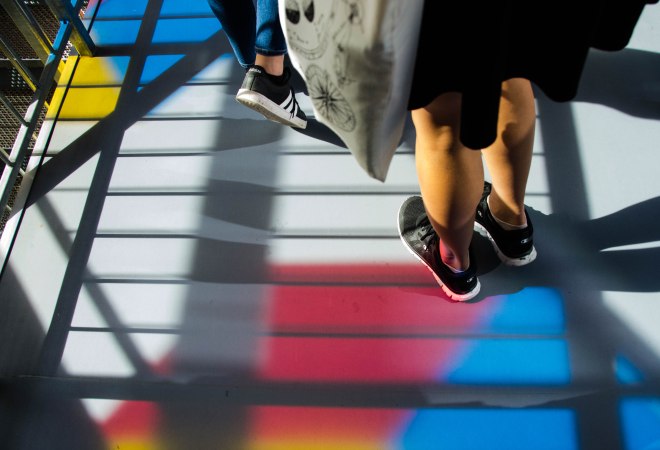
LYNfabrikken in Aarhus, Denmark
After the design school, we headed back on the bus and made our way to Aarhus, the last destination on our short study tour. We visited LYNfabrikken or “Lightning Factory” which was founded in 2002 and is located in an old factory building. It’s a place where design, people and creativity can come together. There is a large office hotel, where people interview to get spots, and entrepreneurs and people who are self-employed can bounce ideas off each other and often collaborate on side projects. They have a cafe where they hope to connect and inspire people and they also rent out meeting rooms and cool spaces for companies. While we were there, a group was using one of the larger rentable spaces to prep for a fashion show.

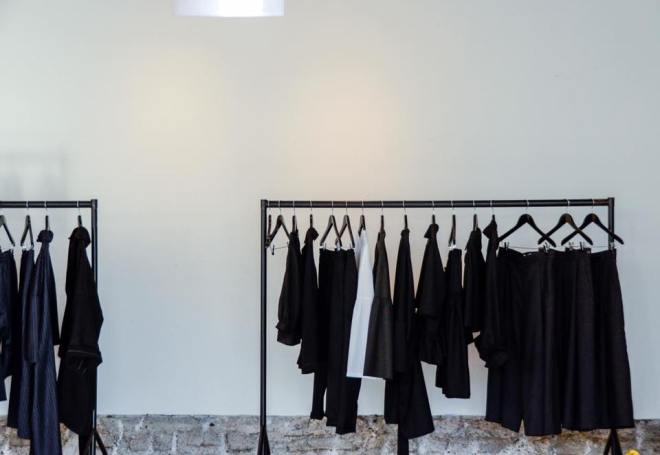
Cafe Faust in Aarhus, Denmark
For dinner, we were taken to an amazing restaurant right near our hostel in Aarhus. Shoutout to DIS for giving us such great food on this study tour.

DAY THREE
Dansk Plakatmuseum (The Danish Poster Museum) in Aarhus, Denmark
Saturday began with a trip to the poster museum in Aarhus. This small museum has an expansive collection of 400,000 classic Danish posters. We got a tour of the gallery and learned a lot about some of the more iconic posters. They also had an exhibit about the Freetown of Christiania in Copenhagen, and it was interesting to learn more about Christiania through the lens of posters design.
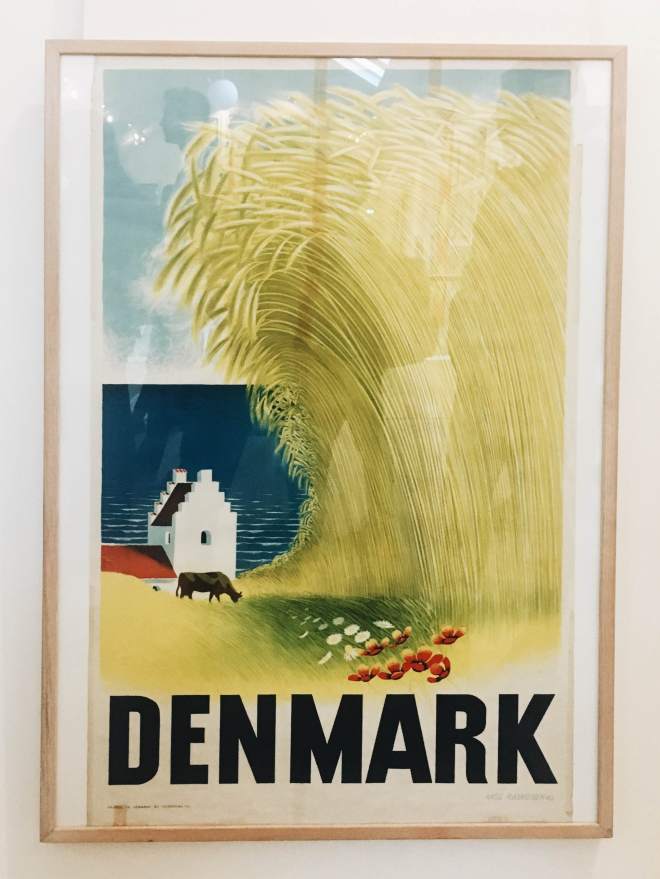
Aarhus Rådhus in Aarhus, Denmark
After the poster museum, we walked to the Aarhus Townhall, which was designed by — you guessed it — Arne Jacobsen. This building is one of the most important pieces of modernist architecture in Scandinavia. We spent just about 45 minutes here, walking through the building and sketching the patterns and typography that we found inside.
ARoS Aarhus Kunstmuseum in Aarhus, Denmark
Our last (and my favorite) stop on the trip was the ARoS museum. It’s the largest modern art museum in the Nordic countries and it’s become well-known for it’s installation atop the museum, “Your Rainbow Panorama,” where visitors become part of the art. We spent quite awhile walking in circles through the panorama and taking cool pictures before walking through the rest of museum.
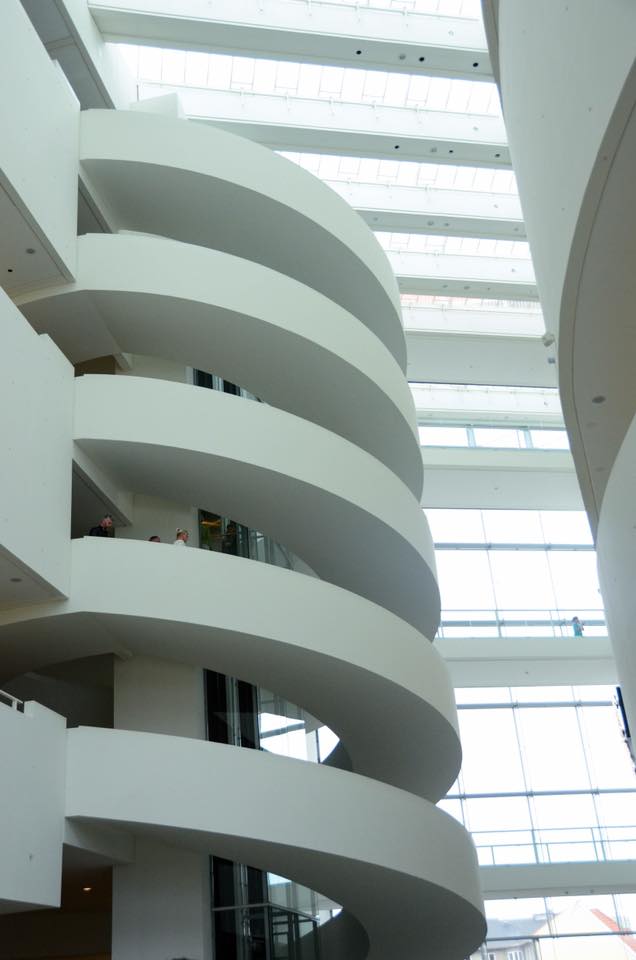

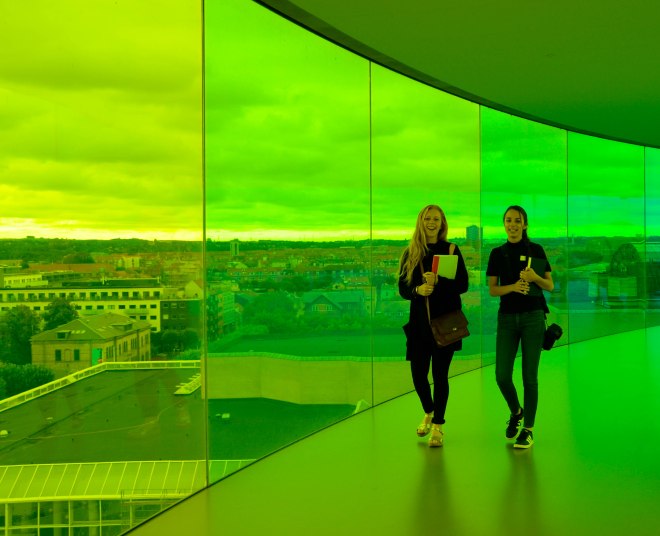

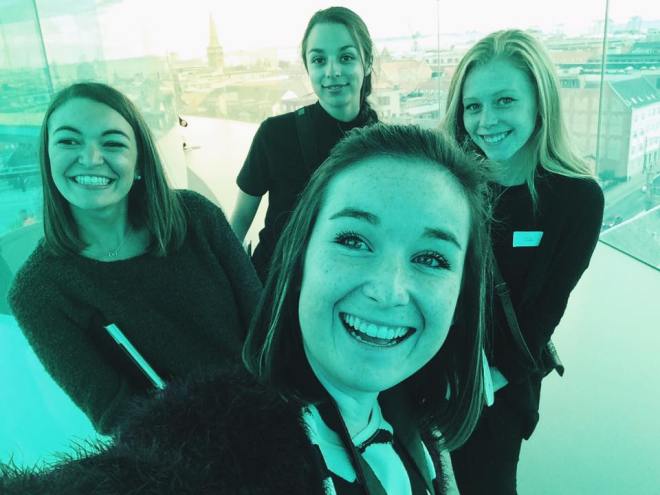
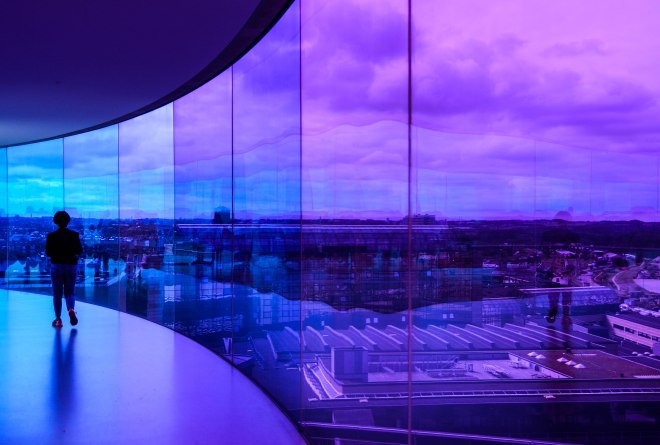
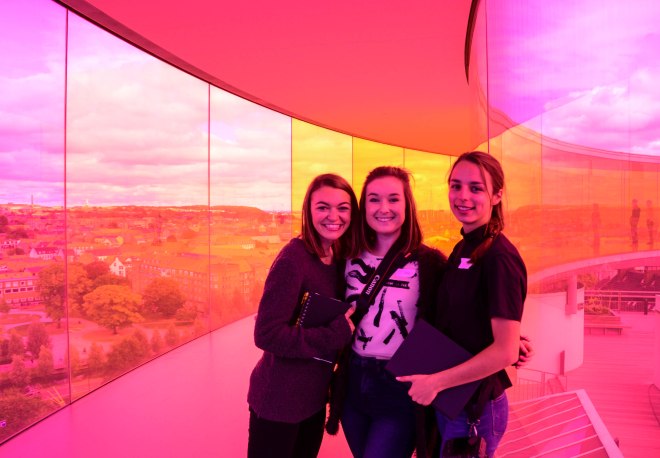
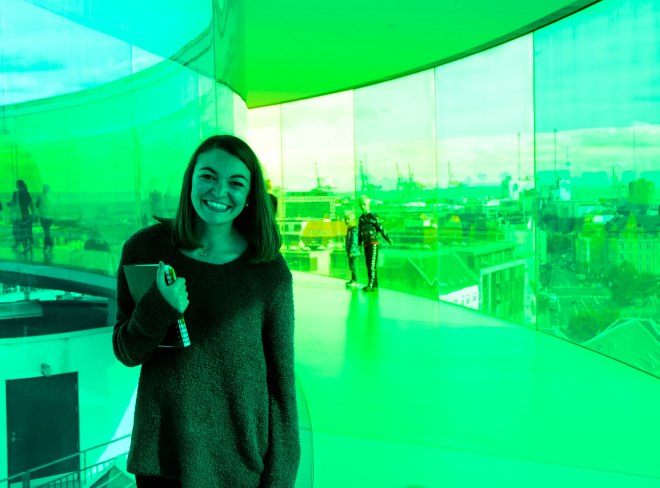
Now, I’m back home and it’s back to unpacking for me (aka the worst part of every trip). I had an unbelievable week and learned so much. Thanks for reading and thanks to our trip leaders, Nanna and Robert, for an awesome week outside of the classroom!
